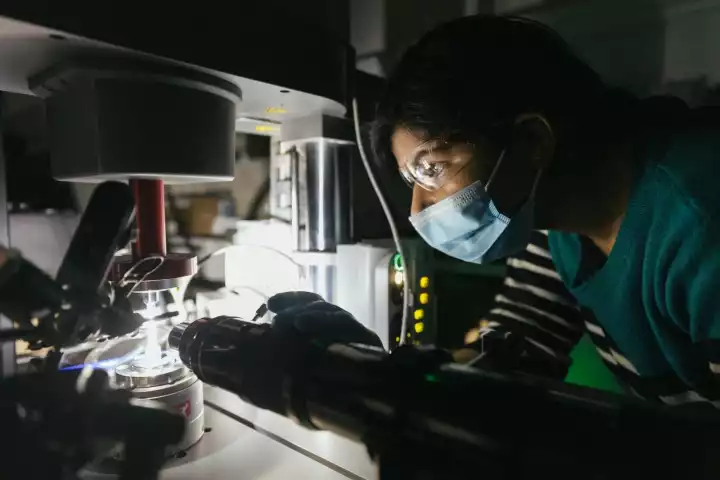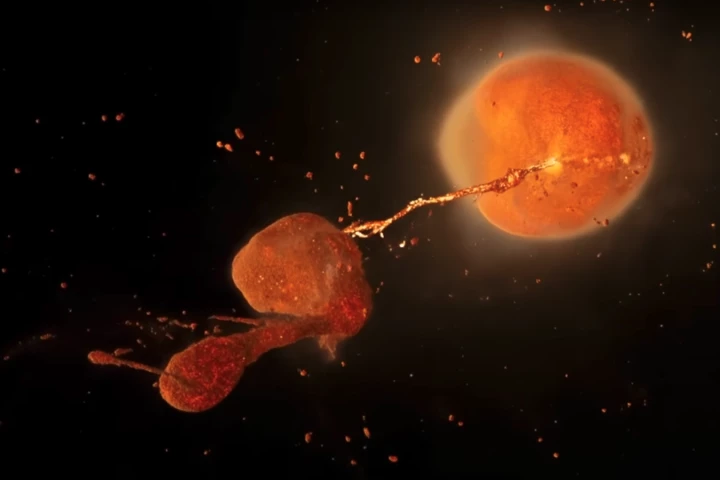Impact
-
Welcome to Science Class 101. I’m your teacher for the next few minutes, to break down what it is about D3O’s non-Newtonian material that makes its upcoming range of helmet protection potentially revolutionary.
-
Scientists have discovered the world’s oldest known meteorite impact crater in Western Australia. It has been dated to about 3.5 billion years ago, at a time when these almost literally Earth-shattering events should have been occurring regularly.
-
Saturn’s rings are iconic, but new evidence presented by researchers from Monash University suggests Earth might once have sported one of its own. This ring would likely have caused climate chaos on the surface.
-
Many asteroids can be traced back to their parent body – the planet or moon they broke off from. But for the first time, scientists now claim to have traced the origins of an asteroid back to the specific crater it was birthed from.
-
Although helmets are required for many sports, Canadian materials engineering technologist Albert Beyer believes that they don't provide enough protection to the back of the head. His solution is a "crumple zone for helmets" known as the DCLR8.
-
While all team sports can be rough, hockey poses a particularly high risk of brain injuries. A new high-tech helmet is designed to warn of such injuries, by detecting and reporting on knocks to its wearer's head.
-
Carbon nanotubes have found use in everything from smart bandages to more efficient solar cells. Now, scientists at the University of Wisconsin-Madison have used them in a helmet lining foam that offers better impact protection than regular foams.
-
Astronomers have discovered three new near-Earth asteroids, including the closest known to the Sun. Another is one of the largest known asteroids considered potentially hazardous to Earth, measuring almost a mile wide with an orbit close to our own.
-
As the dinosaurs could attest, it’s worth keeping an eye on space rocks buzzing around Earth. Many observatories are doing just that, and astronomers have announced that we’ve just ticked over the milestone of 30,000 near-Earth asteroids discovered.
-
It’s believed that the Moon formed billions of years ago, from debris from a cosmic collision with Earth. New high-resolution simulations not only illustrate the idea in stunning detail, but reveal that the Moon’s birth might have taken mere hours.
-
Scientists have discovered a new crater in the seabed of the North Atlantic Ocean that seems to date to the end of the Cretaceous period. That suggests the extinction event that killed off the dinosaurs could have been triggered by multiple impacts.
-
Astronomers had a tense January, as a newly discovered space rock became the riskiest asteroid in a decade – then hid behind the Moon for a week. Thankfully, further observations have found that it poses no risk to Earth when it swings by next year.
Load More











